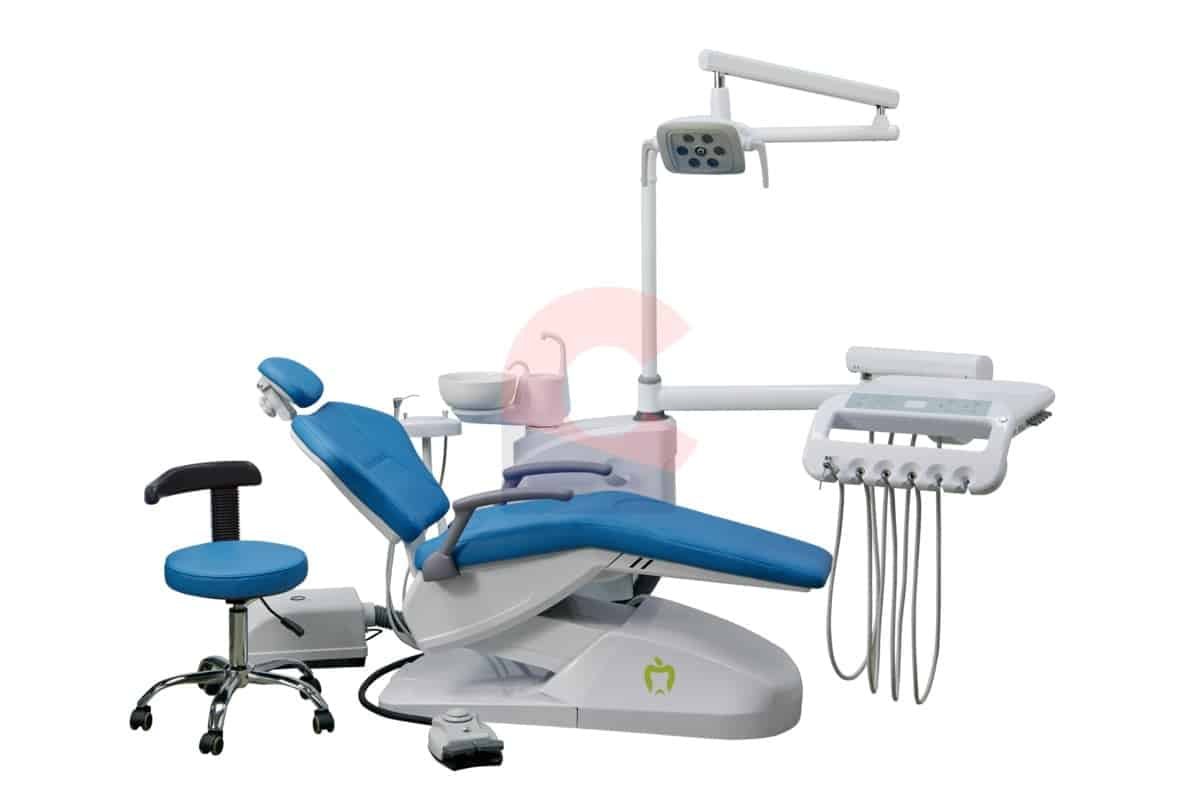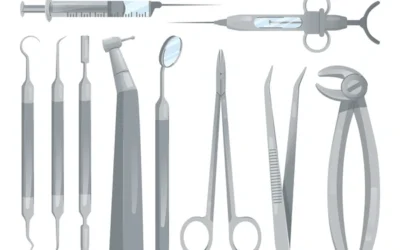Introduction
Let’s be real: the dental chair is the unsung hero of every dental clinic. It’s the throne where patients place their trust and their teeth, and it’s where dentists work their magic. But how much do you actually know about what goes into this vital piece of equipment? Understanding the different dental chair parts and functions is crucial—not just for dental professionals but also for curious patients who like to know what’s going on around them. In this comprehensive guide, we dive deep into every component of a dental chair and its specific role in facilitating smooth, efficient, and safe dental procedures.
Base and Frame
Chair Base
The base is the foundation—literally. It’s what keeps the chair grounded and stable. A solid base ensures that even during intense procedures, the chair stays put and doesn’t wobble or slide.
Lifting Mechanism
Typically powered by hydraulics or electric motors, the lifting mechanism adjusts the height to bring the patient into an optimal position for the dentist’s workflow. This flexibility is vital for ergonomic dental practice.
Stability Features
Most dental chairs are designed with anti-slip rubber grips and heavy-duty materials that enhance balance and prevent tipping. The base’s weight and structure also contribute to stability during procedures.
Seat and Backrest
Ergonomic Design
The seat and backrest are engineered to contour the human body. Ergonomic designs help ensure patient comfort even during prolonged procedures. Lumbar support and carefully placed padding are standard features.
Reclining Functionality
The backrest can recline at various angles to allow better access to the oral cavity while maintaining patient comfort. This is particularly important during surgeries or deep cleaning sessions.
Cushioning Material
Dental chairs often feature memory foam cushions covered in antimicrobial synthetic leather. This combination provides both softness and hygiene, while being easy to clean and sanitize.
Headrest
Adjustable Features
The headrest is typically height-adjustable and can tilt at various angles to accommodate patients of all sizes and ensure optimal head positioning.
Purpose During Dental Procedures
The headrest plays a key role in keeping the patient’s head steady, which is critical for accuracy in procedures such as fillings, extractions, and root canals.
Armrests
Fixed vs. Adjustable Armrests
Some dental chairs have armrests that are fixed, while others offer adjustable or retractable models that can move aside to help patients get in and out of the chair easily.
Patient Comfort
Armrests provide physical and psychological comfort. They allow patients to rest their arms and help reduce anxiety by offering a stable place to hold onto during treatment.
Foot Control System
Pedal Operations
Foot pedals allow the dentist to control chair movements like height, tilt, and sometimes even attached instruments, leaving hands free for clinical work.
Hands-Free Adjustments
Foot controls minimize the risk of contamination and enhance workflow efficiency, especially during procedures that require sterile conditions.
Delivery System
Integrated Instrument Tray
Usually located within arm’s reach of the dentist, the instrument tray holds mirrors, probes, scalers, and syringes. Organization is key here.
Handpieces and Their Control
The delivery system includes the high-speed and low-speed handpieces (dental drills), typically controlled through a console that allows for power and water regulation.
Tubing and Connectors
Flexible, often color-coded tubes connect instruments to air, water, and power supplies. They are designed to resist tangling and allow smooth operation.
Dental Light
Positioning
Mounted on a movable arm, the dental light can be adjusted easily to focus directly into the patient’s mouth, eliminating shadows.
Light Intensity and Adjustment
Most models come with adjustable intensity settings. Advanced models offer color temperature options to reduce eye fatigue and provide better visibility.
Spittoon or Cuspidor
Drainage System
This small bowl allows patients to rinse and spit during or after treatment. It is connected to a built-in drainage system for hygiene and efficiency.
Water Supply Connection
An attached faucet provides clean, often filtered water. Many systems allow for automatic rinsing between patients.
Water Unit
Syringes and Water Spray
A three-way syringe delivers air, water, or a combination spray to help clean the treatment area or rinse debris from the mouth.
Water Bottle System
Some dental chairs have independent water bottle systems for delivering sterile water, often preferred in environments with strict infection control.
Assistant’s Arm or Console
Suction Controls
This section contains controls for the saliva ejector and high-volume evacuator (HVE), essential for maintaining a dry treatment area.
Secondary Instrumentation
Many systems offer a mirror setup for the assistant, with tools like scalers or curing lights on their side of the chair.
Control Panel
Settings and Presets
The control panel allows for fine-tuning chair positions, handpiece speeds, lighting levels, and other variables. Many are touchscreen or button-operated.
Memory Functions
Chairs often feature memory presets that can store preferred settings for individual procedures or returning patients.
Upholstery and Material
Anti-Microbial Surfaces
The upholstery material is designed to be antimicrobial, reducing the risk of cross-contamination between patients.
Cleaning and Maintenance
Materials are selected for durability and ease of sanitation. A simple disinfectant wipe-down is generally sufficient between patients.
Safety Features
Auto Return Functions
One-touch controls can return the chair to a pre-set upright or entry position, simplifying transitions and emergencies.
Emergency Stop
This button immediately halts all chair movement—an important safety feature in case of accidental or dangerous positioning.
Types of Dental Chairs
Portable vs. Stationary
Portable chairs are used in mobile dental clinics and outreach programs. Stationary chairs, common in clinics, offer more stability and features.
Hydraulic vs. Electromechanical
Hydraulic systems provide smooth, powerful motion. Electromechanical options allow precise, programmable adjustments for advanced settings.
Conclusion
Dental chairs are more than just a seat—they’re a sophisticated tool designed for functionality, hygiene, and comfort. Each part serves a specific purpose to aid the dentist while ensuring a positive experience for the patient. From the ergonomic cushioning to high-tech control systems, every component contributes to the art and science of dentistry. Understanding these parts not only enhances patient awareness but also helps dental professionals make informed purchasing and maintenance decisions.
FAQs
What is the most important part of a dental chair?
The base and lifting mechanism are foundational for safety, stability, and functionality.
How often should dental chairs be serviced?
Routine maintenance should occur every six months, with immediate checks for any issues.
Can dental chairs be customized?
Yes, many models offer customizable upholstery, control interfaces, and instrument configurations.
What makes a dental chair ergonomic?
Features like adjustable headrests, lumbar support, and memory foam padding all contribute to ergonomics.
Are there dental chairs for home use?
Portable models exist for mobile dentistry or home-based care, but they lack many features of full-scale clinical chairs.


0 Comments